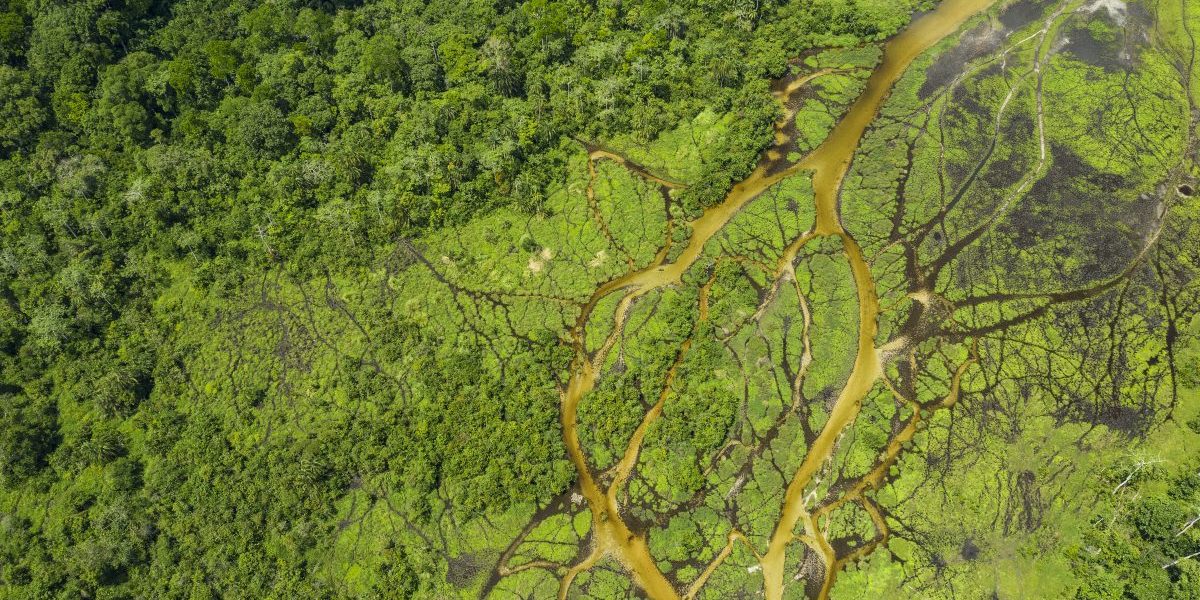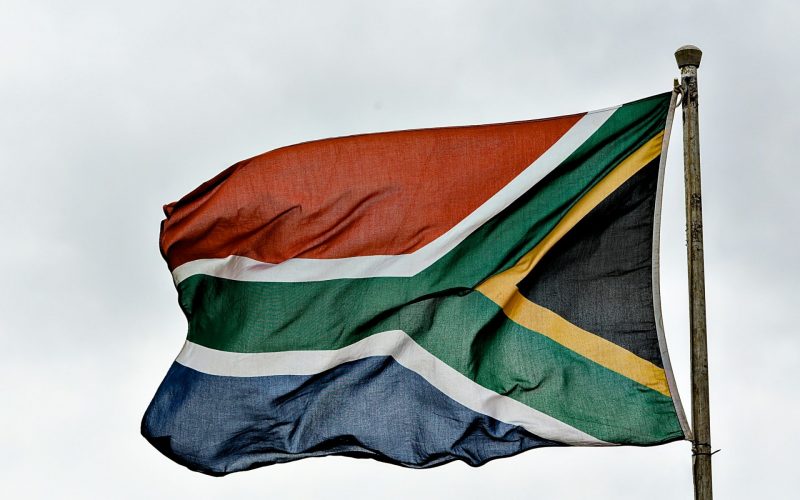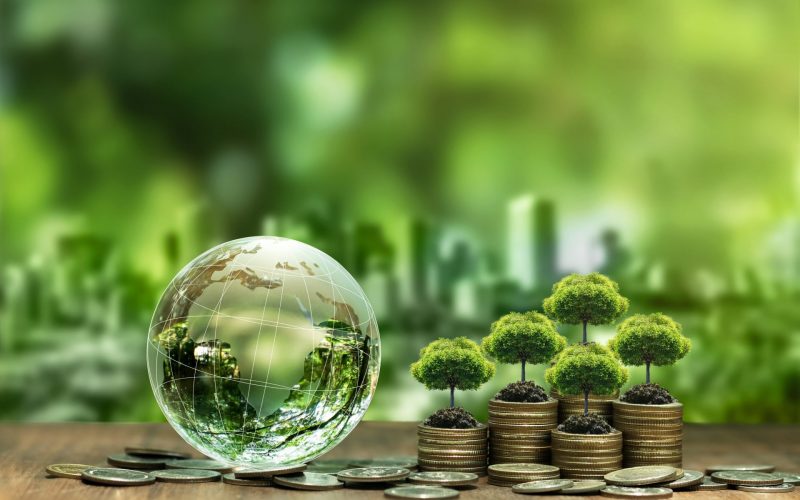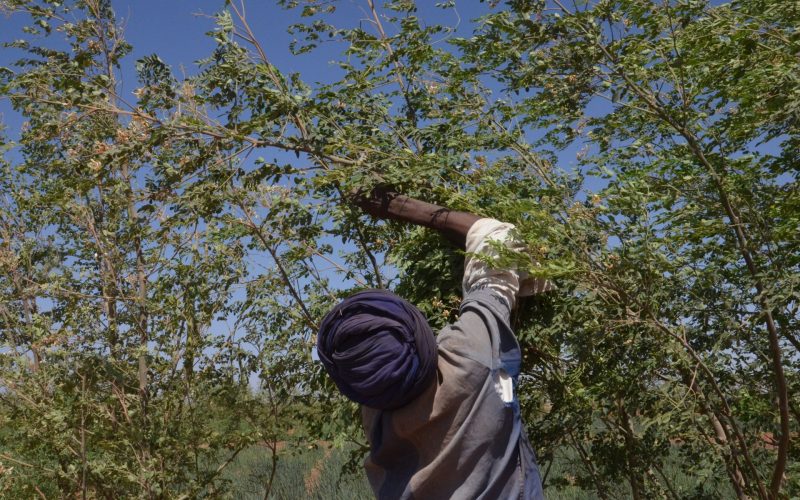Summary:
- Africa’s natural resource base, while still relatively intact, is undergoing a rapid negative transformation, most significantly through population growth, agricultural expansion, land and water use, urbanisation and the extractives sector.
- The global community is negotiating a new 10-year framework for the conservation of biodiversity, the ‘Post-2020 Global Biodiversity Agenda’. Irrespective of the implementation targets agreed, a broad spectrum of stakeholders view it as critically important that two key areas of financing be included. The first is mobilising resources for the implementation of all new targets, and the second, of equal importance and in parallel, is removing the perverse subsidising of the drivers of biodiversity loss and ecosystem degradation.
- Adequate funding, albeit critical, is only one component in solving the biodiversity crisis. Efforts to address conservation funding needs must be integrated with efforts aimed at mitigating concurrent environmental and socio-economic crises. Conservation and restoration targets must thus be linked to international climate change goals of mitigation and adaptation through mechanisms such as nature-based solutions (NbS) to ensure nature-positive investments.
- The global COVID-19 pandemic is currently dominating political attention, especially in terms of its devastating impact on economies at all levels. However, it also presents an opportunity to ‘build forward better’ by ‘greening’ the enormous stimulus packages being mobilised within countries and internationally.
- As the extent of the biodiversity crisis – and our deep dependence on healthy, functioning ecosystems – becomes increasingly apparent, so the arena of conservation financing is developing. Debt-for-nature swaps and a number of other ‘green’ finance mechanisms should be built into international stimulus financing for African countries.
- All stakeholders need to overturn their perceptions of conservation being a cost and thus minimally funded ‘at the back of the queue’, to conservation being an imperative investment in a secure future for humanity. It should thus be maximally funded to the extent necessary to secure, repair and restore our fragmenting planet and the biodiversity and ecosystem services we are dependent upon.
- The high-profile political commitments of African governments to a green post-COVID-19 recovery open up a significant opportunity for greater African leadership in driving the world economy onto a more sustainable trajectory.







